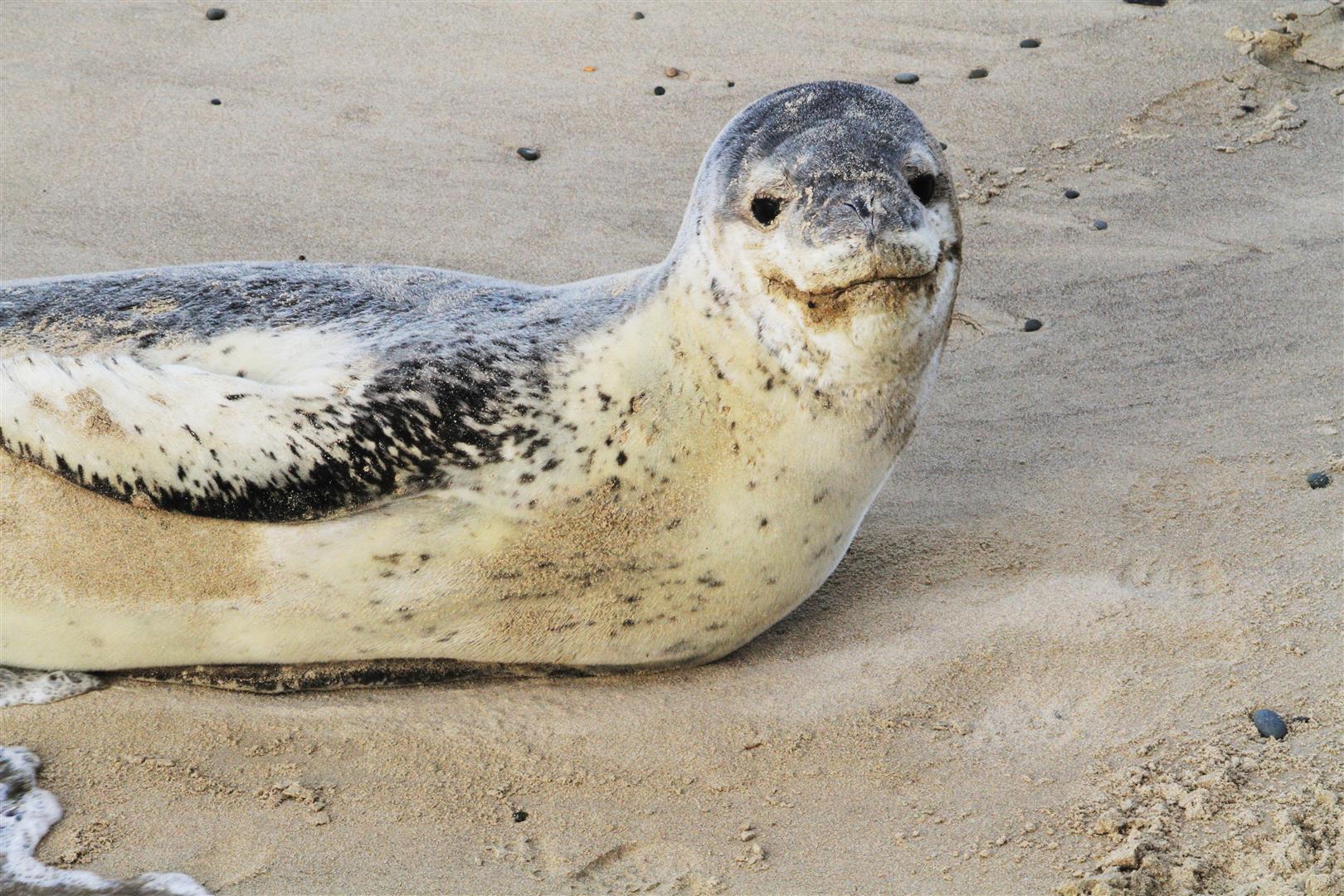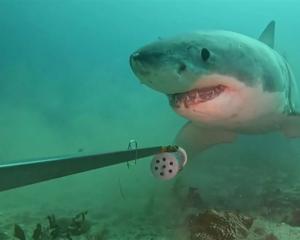
Doc was first alerted to the dead leopard seal on the morning of July 23. Initial investigations revealed the animal appeared to have been shot, most likely with a small-calibre rifle.
Evidence on site also suggests a vehicle had been circling the animal, which may have caused it further distress.
Leopard seals are protected under the Marine Mammals Protection Act 1978 and offences against them carry significant penalties.
"After collecting information and communicating with the local Waihopai rūnaka, it has been decided to allow the animal to decompose naturally," Doc Senior Biodiversity Ranger Rosalind Cole said.
"Leopard seals are considered a taonga species to Ngāi Tahu. Local iwi have expressed how sad and tragic it is that a member of the public would carry out such an act on a defenceless marine mammal. We completely agree."
Doc is appealing for anyone with information to call their hotline - 0800 DOC HOT (0800 362 468) - and ask for the Invercargill team.
Leopard seals are easily identified by their snake-like appearance, with long slim bodies, disproportionately large heads, massive jaws, and impressive teeth. They usually dwell in the Antarctic but visit New Zealand’s shores sometimes, usually in autumn and winter.
During initial investigations the juvenile leopard seal looked in otherwise good health, so it is unknown why it may have come ashore.
- Staff reporter













